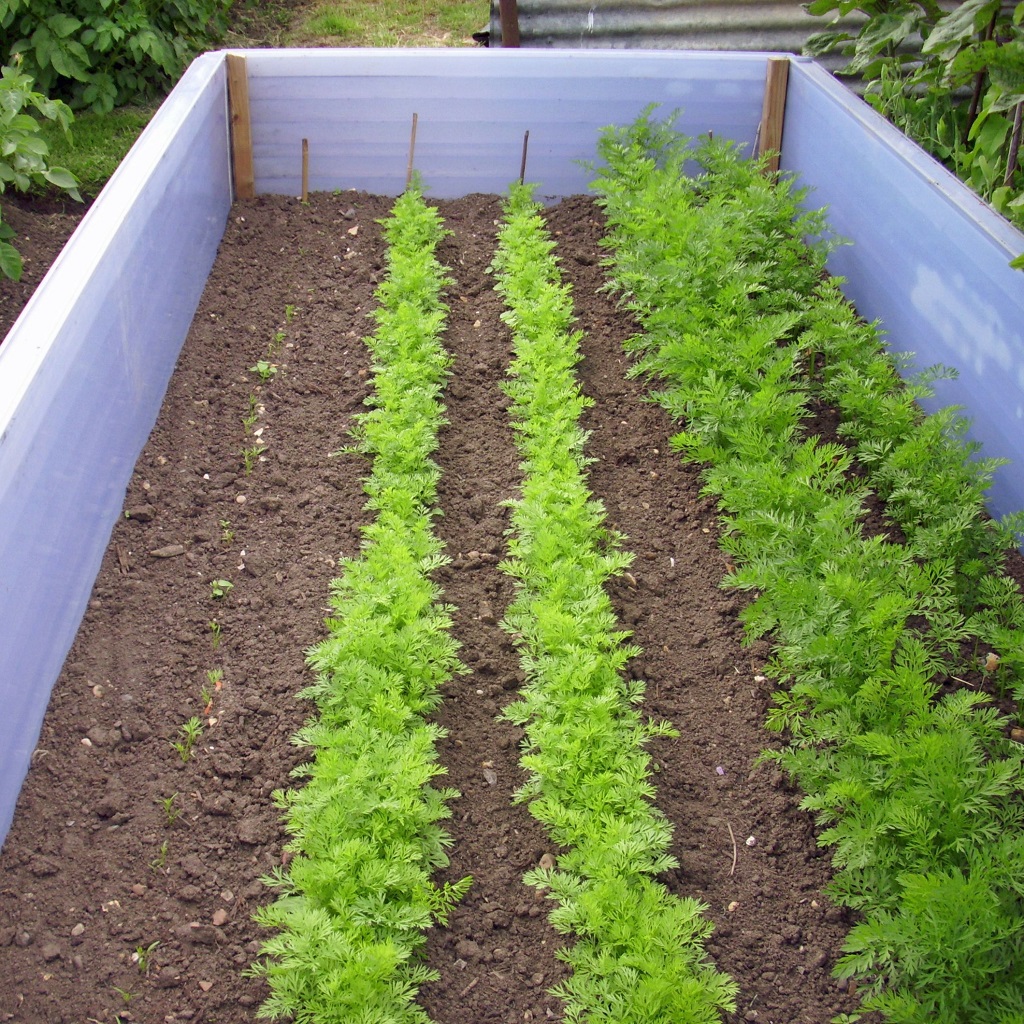For gardeners aiming to maximize their harvests and enjoy fresh produce throughout the growing season, succession planting is a game-changing strategy. Rather than planting all your crops at once and facing a glut, then a dearth, succession planting involves staggering your plantings to ensure a continuous, manageable yield over an extended period.
The core idea is simple: instead of planting an entire row of lettuce in early spring, plant a small section every 2-3 weeks. When the first batch is ready for harvest, the next is already well on its way, providing a steady supply rather than a single, overwhelming bounty.
Here are the main methods of succession planting:
- Staggered Planting:
- This is the most common method. Plant small batches of the same crop every 2-4 weeks. This works exceptionally well for fast-growing crops like lettuce, radishes, spinach, bush beans, and cilantro. As one batch finishes, the next is ready.
- Planting Different Varieties:
- Choose varieties of the same vegetable with different “days to maturity” (DTM). For instance, plant an early-maturing corn variety alongside a mid-season and a late-season one. They will mature at different times, extending your harvest.
- Relay Planting:
- This involves planting a new crop in the same space as soon as the previous one is harvested. For example, once your early radishes are pulled, plant a short-season bush bean or another round of lettuce in that freed space. This maximizes the productivity of your garden beds.
- Interplanting (Companion Planting with Succession):
- Planting fast-growing crops (like lettuce or radishes) between slower-growing ones (like tomatoes or peppers). The quick crop is harvested before the slower crop needs the space, utilizing the area efficiently.
Tips for Successful Succession Planting:
- Know Your Days to Maturity: This is crucial for planning your planting intervals. Look for DTM information on seed packets.
- Plan Ahead: Use a garden journal or a simple spreadsheet to map out your planting schedule throughout the season.
- Amend the Soil: After each harvest, replenish the soil with compost or a balanced fertilizer to ensure subsequent plantings have enough nutrients.
- Consider Heat Tolerance: For summer crops, be mindful of heat-sensitive varieties. Some cool-season crops will bolt (go to seed) quickly in hot weather, so stop planting them as summer heats up and resume in late summer for a fall harvest.
- Start Seeds Indoors: For longer-season crops, starting seeds indoors allows you to have young plants ready to go into the garden as soon as space becomes available.
By embracing succession planting, you transform your garden from a seasonal producer into a continuous source of fresh, homegrown goodness, making the most of every square foot.

Leave a Reply